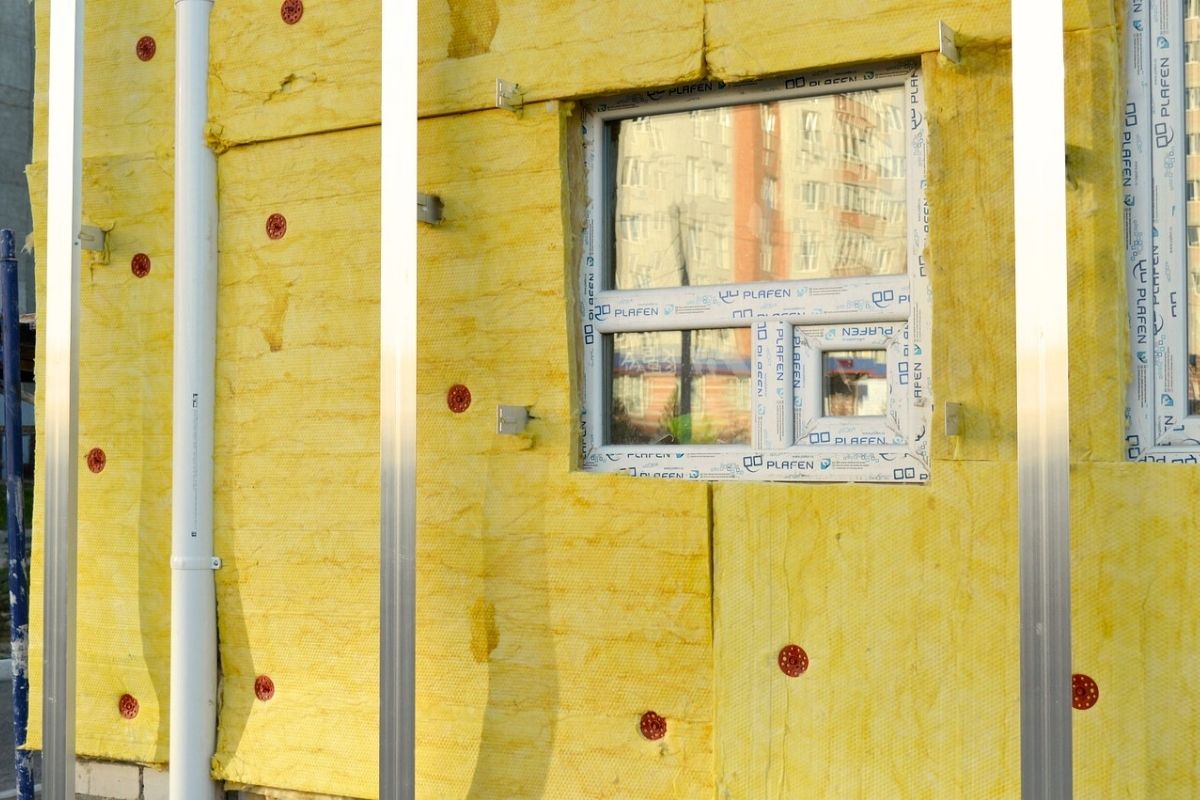Even in well-insulated buildings, heat can escape through structural weak points, leading to higher energy costs, discomfort for occupants, and a lower EPC rating.
 Understanding Thermal Bridging: The Hidden Energy Drain
Understanding Thermal Bridging: The Hidden Energy DrainEnergy efficiency is more than a goal. It’s a legal and financial necessity for modern property owners. Yet, even the most insulated buildings can silently lose heat through a hidden issue: thermal bridging. This overlooked culprit drives up energy bills, reduces tenant satisfaction, and risks non-compliance with MEES regulations (RICS - Minimum Energy Efficiency Standard).
For facilities managers, landlords, and property owners, tackling thermal bridging isn’t just about cutting costs. It’s about safeguarding your building’s value and ensuring regulatory compliance. In this guide, we’ll explain what thermal bridging is, how it affects your property, and the proactive steps you can take to reduce energy loss and improve your EPC rating (UK Government - Energy Performance Certificates).
Working with specialists in environmental engineering can ensure that your property meets the highest energy efficiency standards.
Even in well-insulated buildings, heat can escape through structural weak points, leading to higher energy costs, discomfort for occupants, and a lower EPC rating.
Thermal bridging, sometimes called a cold bridge, occurs when a highly conductive material creates a shortcut for heat transfer through a building’s envelope. These weak points undermine insulation, forcing heating and cooling systems to work harder, and diminishing both energy efficiency and occupant comfort.
You’ll often find thermal bridges at:
Wall-to-floor junctions
Window and door frames
Balconies and steel reinforcements
Roof and ceiling joists
In the UK, buildings must meet Minimum Energy Efficiency Standards (MEES), and poorly insulated structures can struggle to achieve the required EPC ratings (UK Government - Minimum Energy Efficiency Standards, non-domestic private rented sector).
Did You Know? Studies show that thermal bridging can account for up to 30% of a building’s heat loss, significantly impacting energy efficiency and tenant comfort. (Source: Building Research Establishment (BRE))
The effects of thermal bridging go beyond wasted energy. They directly affect financial performance, occupant comfort, and legal compliance:

Thermal bridges increase heat loss in winter and heat gain in summer, forcing HVAC systems to consume more energy. This leads to higher running costs for commercial buildings.
Cold spots near windows, doors, and external walls create uneven temperatures, leading to tenant complaints and dissatisfaction.
When warm air meets a cold surfaces, condensation forms. This causes moisture to build up and mould growth. Over time, this can:
Damage building materials
Pose health risks to occupants
Increase maintenance costs
Commercial landlords must achieve an EPC rating of E or higher to legally lease a property. From 2030, the government aims to raise this requirement to EPC B.
Failure to meet these standards could result in:
Difficulty attracting tenants to energy-inefficient buildings
Increased operational costs due to poor insulation
Fines/penalties and leasing restrictions for non-compliance (UK Government - EPC Guidance)
Karsons Consulting has successfully supported clients in achieving compliance through tailored energy-efficiency solutions. Notably, our work on projects such as Westfield Stratford and Camomile Court has helped clients improve thermal efficiency, reduce operational costs, and mitigate compliance risks.

The good news? Thermal bridging is preventable. By using the right materials, design strategies, and testing methods, you can significantly improve your building’s energy performance.
Apply an unbroken layer of insulation across the entire building envelope (walls, floors, and roofs)
Eliminate gaps in the insulation envelope where heat might escape
Use high-performance insulation materials such as aerogels or PIR boards, certified for thermal efficiency (BRE Group – Certified Thermal Products)
Install low-conductivity materials between structural elements (e.g. insulating gaskets, thermal spacers) to interrupt heat flow
Upgrade windows and doors with thermally broken frames and double/triple-glazing
Ensure balconies and steel structures have thermal breaks to limit heat transfer
Implement staggered stud walls/double-stud construction to prevent direct heat transfer
Use low-thermal-conductivity materials such as engineered timber instead of steel
Conduct thermographic surveys to detect hidden heat loss
Pinpoint problem areas before costly retrofits
Monitor energy efficiency improvements over time
Karsons Consulting offers thermal imaging assessments for facilities managers, landlords, and property owners, helping you optimise energy performance and stay compliant.

Thermal bridging might be invisible, but it’s financial impact is anything but. Ignoring it means higher bills, potential non-compliance, and avoidable maintenance costs.
Working with energy efficiency specialists ensures you can:
Lower operational costs
Improve tenant satisfaction
Meet upcoming MEES compliance requirements
Thinking of upgrading your commercial property?
Karsons Consulting can help wth:
Thermal assessments
Bespoke energy-efficiency upgrades
Support for MEES compliance to future-proof your property
📩 Email us to schedule your thermal assessment.
📞 Call us on 020 3282 7605 to discuss how we can help improve your building’s performance.
Follow us on LinkedIn for industry insights, expert advice, and updates on our latest projects.
Thermal bridging occurs when heat escapes through structural weak points, bypassing insulation and increasing energy loss.
Thermal bridging can account for up to 30% of a building’s heat loss, significantly impacting efficiency (CIBSE).
Continuous insulation, thermal breaks, and low-conductivity materials, such as engineered timber or aerogels, help reduce heat loss.
Thermographic surveys are the most effective method. Karsons Consulting offers detailed thermal imaging assessments.
Yes, thermal bridging contributes to lower EPC ratings, affecting property value and MEES compliance.
Yes, non-compliance with EPC standards can result in fines and leasing restrictions (UK Gov – EPC Guidance).
Combining continuous insulation, thermal breaks, and infrared assessments offers the most effective protection.
Yes, condensation from cold spots can lead to mould growth, harming both building materials and occupants.
We provide thermal assessments, energy-efficient retrofits, and compliance support to improve insulation and energy performance.
📞 Call 020 3282 7605 or email info@karsonsconsulting.com to book a consultation.
Karsons Consulting are members of the Chartered Institute of Building Services Engineers, The Association of Consultancy and Engineering, British Institute of Facilities Managers and the Building Services Research and Information Association.